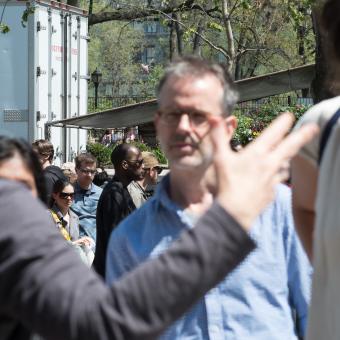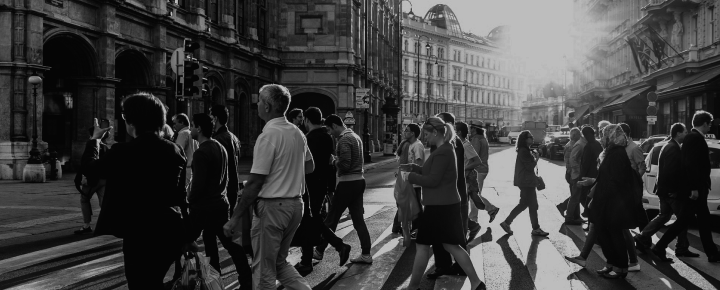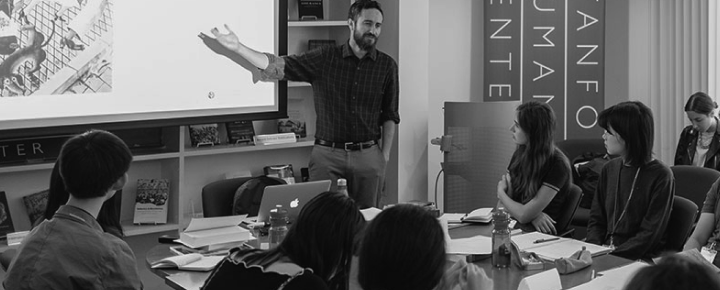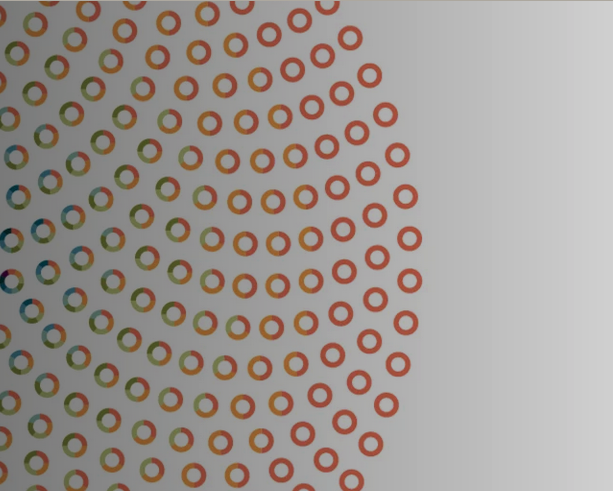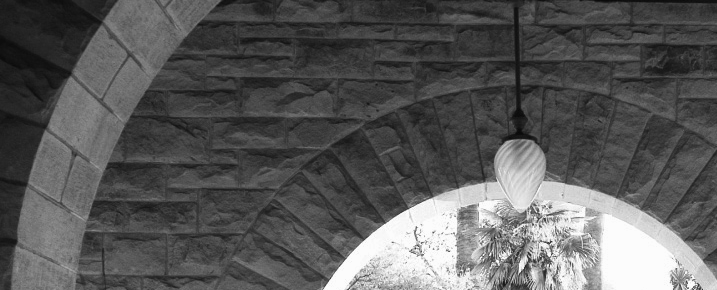
The photographs they send are studio portraits taken by incarcerated photographers whose job in prison is to take pictures. Allen poses in these photographs sometimes with props, always in uniform. The backdrops are designed and painted by incarcerated people. They break up the uniformity and repetition of the prison attire and staged poses. There are also photographs from our visits to see Allen. In most of these, he stands in the center and we huddle around, hugging him as tightly as we can.



